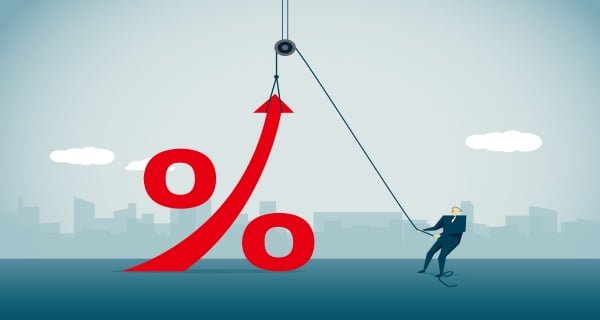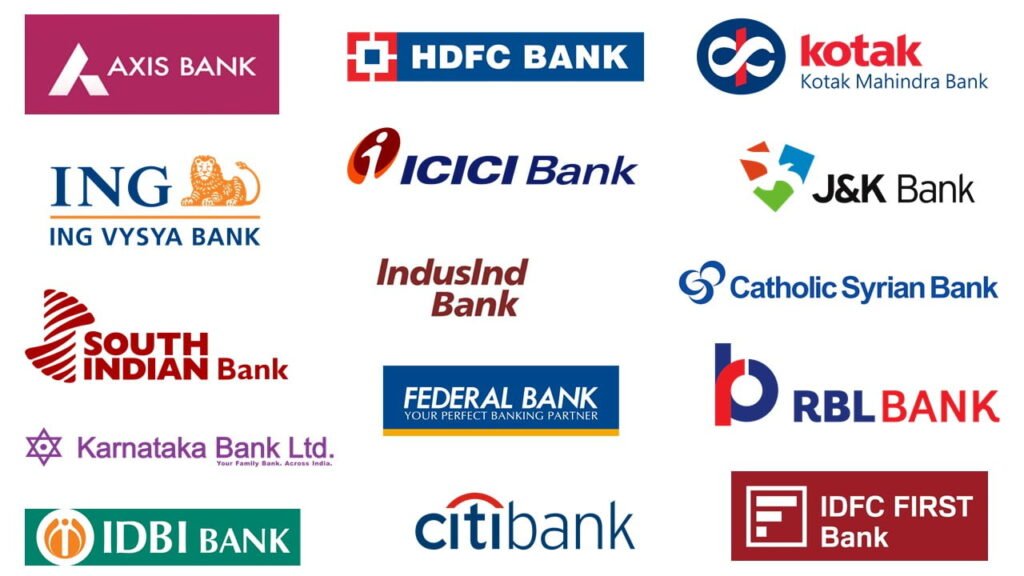
Mumbai (Palpal Business Desk): Private banks and non-banking finance companies (NBFCs), which are always indulging in profiteering, are not losing their profits even in times of the Corona crisis. The Reserve Bank of India has drastically reduced its interest rate (repo rate) by 115 basis points (1.15%) to bring it to a minimum level of 4% to provide relief to the borrowers in this grave crisis. And in the last year and a half, the Reserve Bank has cut a total of 250 basis points (2.50%), but the full benefit of this deduction is not available to the crores of existing loan holders of the country.
According to the Reserve Bank’s data, commercial banks have reduced the repo rate by only 55 basis points against the reduction of 250 basis points. That is, all banks and NBFCs are fiercely lending.

Higher deduction on new loans, much less on old
All banks have reduced the interest rates on new loans by 170 basis points on average. But on the old loans, it has been cut very rarely i.e. 55 basis points. Due to this, all the old loan holders have to pay more interest. Government banks are still ahead in providing the benefit of interest rate reduction to their existing customers. In the last one and a half years, while the public sector banks have cut the interest rates for their old borrowers by an average of 65 basis points, private banks have cut only 40 basis points.
Excess interest collection of 2.07 lakhs
All private banks and NBFCs are charging one to one and a half percent higher interest rate on all types of loans including home loans, personal, consumer and business loans. At the time of this crisis, when the earning of the people has stalled, they are still charging huge interest in usury. If a person has taken a home loan of Rs 20 lakhs for 20 years, he will have to pay a total interest of Rs 20.15 lakhs if he has 8% interest rate and if the rate is 9%, then he will get an interest burden of Rs 23.19 lakhs. In this way, the interest burden of 2.07 lakh rupees will be increased only if the interest rate is 1% higher and EMI will have to be paid 1266 rupees more. All private lenders including HDFC, ICICI, IndusInd, Axis Bank, Bajaj Finance, Indiabulls, are charging huge interest ranging from 8.2% to 11% on loans such as home loans, personal and business loans.
Government appeals have no effect
Whenever the Reserve Bank cuts the repo rate, it appeals to all lenders to provide the full benefit of this deduction to their customers. Governor Shaktikanta Das has made this appeal repeatedly. Not only this, Finance Minister Nirmala Sitharaman has also requested to give the benefit of deduction several times, but the appeal of Finance Minister and Governor is not having any effect on private banks. The reason for this is the soft approach of the government and the Reserve Bank.
Private banks’ interest margin too high
Taking advantage of the government’s soft approach, private banks are continuously charging more interest from their existing customers. Only then the profit of private banks increases quarter by quarter. In the April-June 2020 quarter, private sector HDFC Bank made a huge profit of Rs 6658 crore with a growth of 20% and its net interest margin was the highest at 4.30%. ICICI Bank earned a profit of 2599 crores with an increase of 36% and its net interest margin was 3.69%. In contrast, government banks are doing business with very low interest margins. SBI, the largest bank, posted a profit of only Rs 2650 crore with a growth of only 15% in the first quarter and SBI’s net interest margin was 3.24%. While Bank of Baroda incurred a loss of Rs 864 crore and its interest margin was only 2.55%. Central bank, Canara bank, PNB and other government banks are also charging less interest from their customers by keeping interest margins of 2.55% to 3.08%.
Low interest on deposits
Private banks are charging more interest from their old borrowers. They are paying less interest on deposits. Private banks have drastically reduced the deposit interest rates by 109 basis points (1.09%) in the last one and a half years. Whereas public banks have cut only 75 basis points during this period. That is, where the customers of private banks have to pay more interest on the loan, the interest on their savings is also getting less. That means double loss. In such a situation, there is an advantage in every way by taking loans from public sector banks and depositing savings.















































